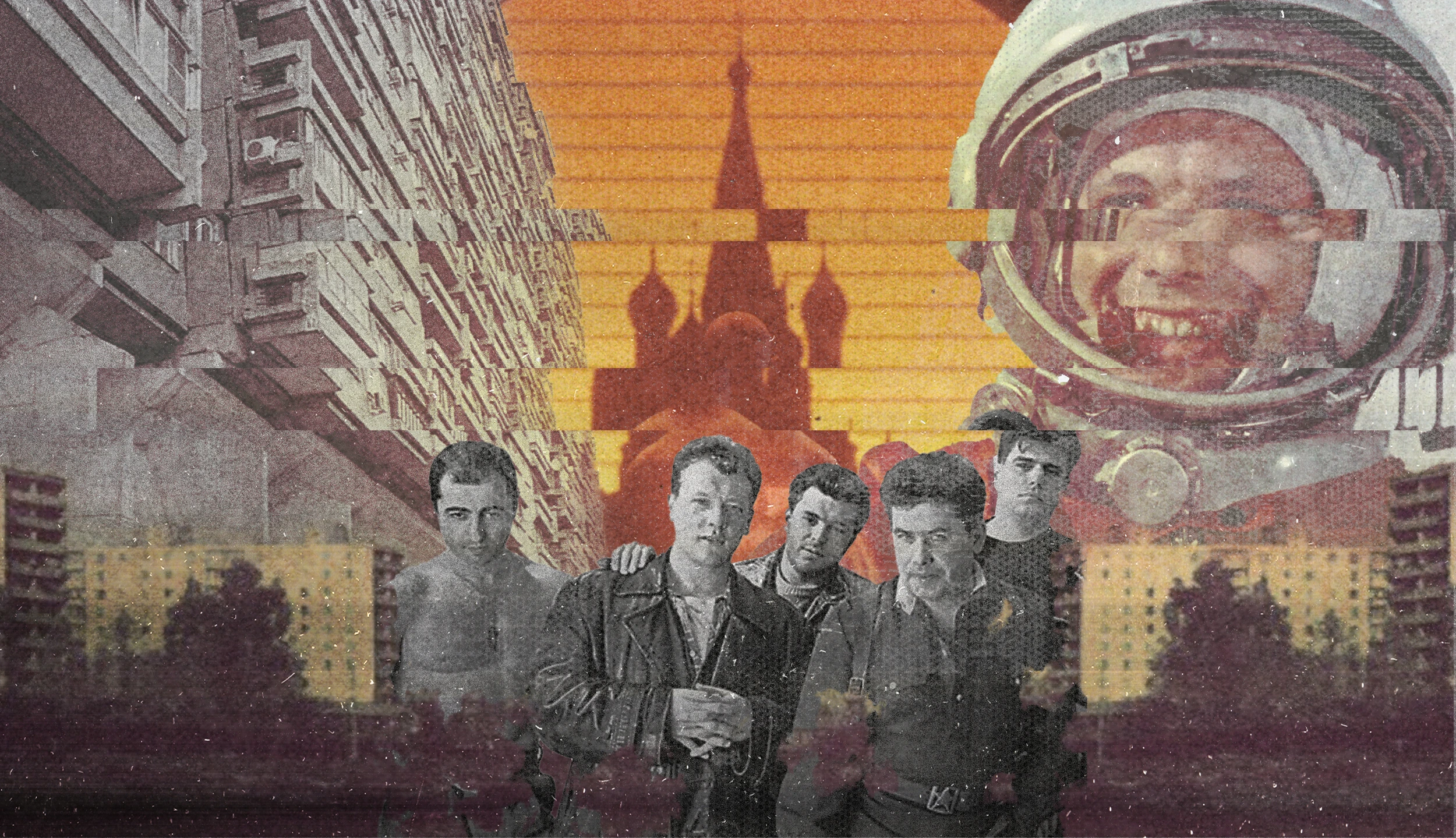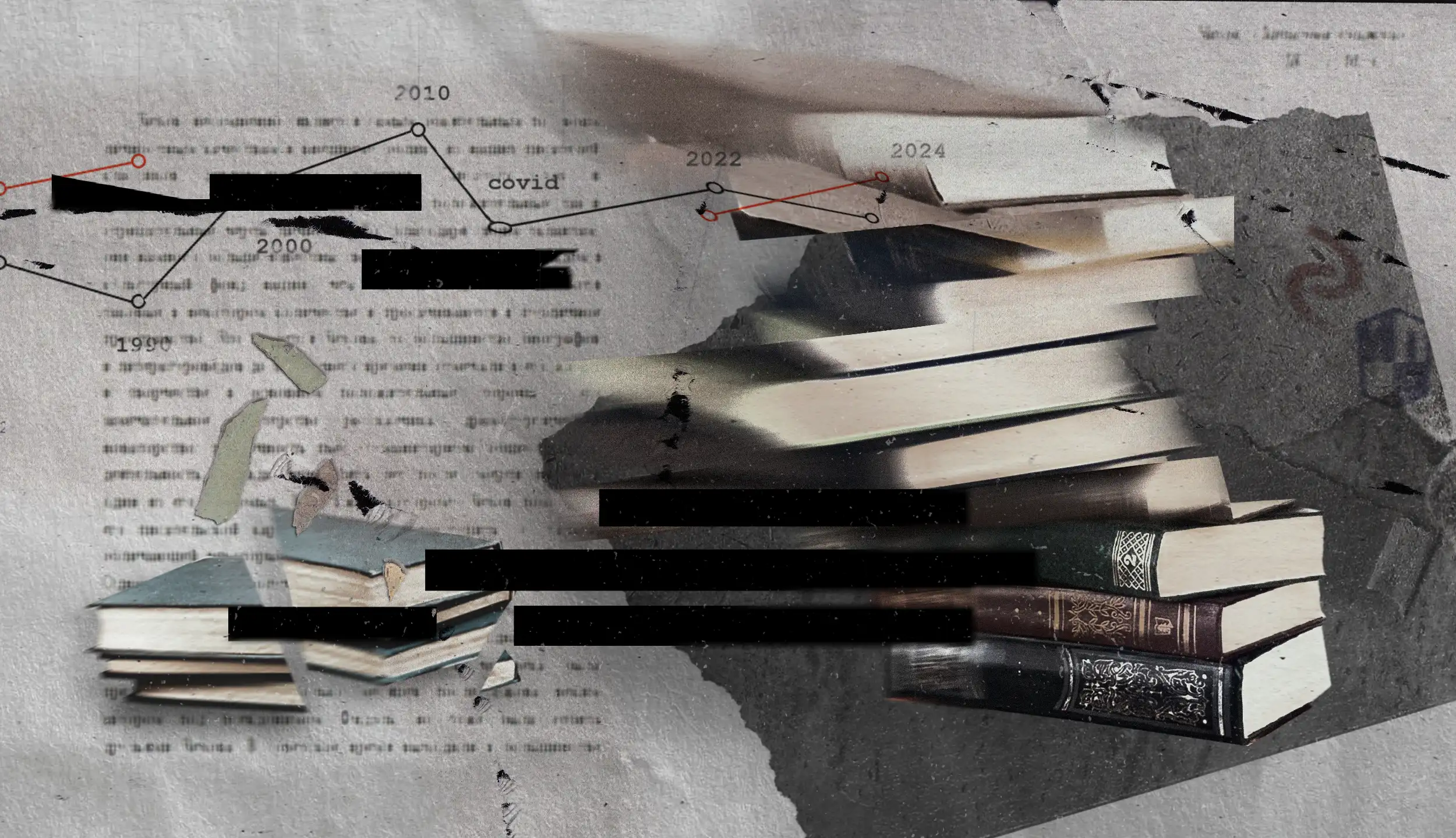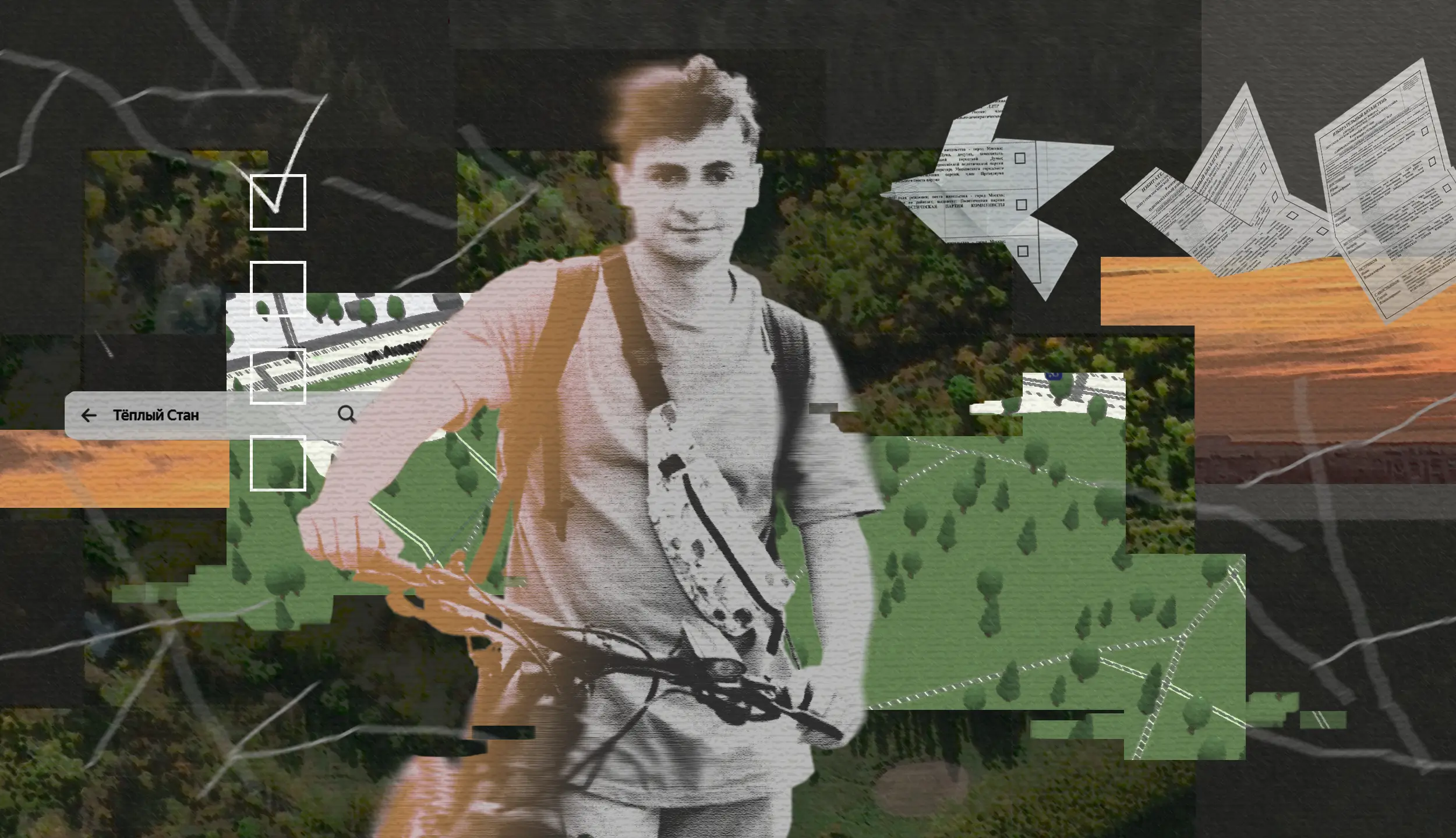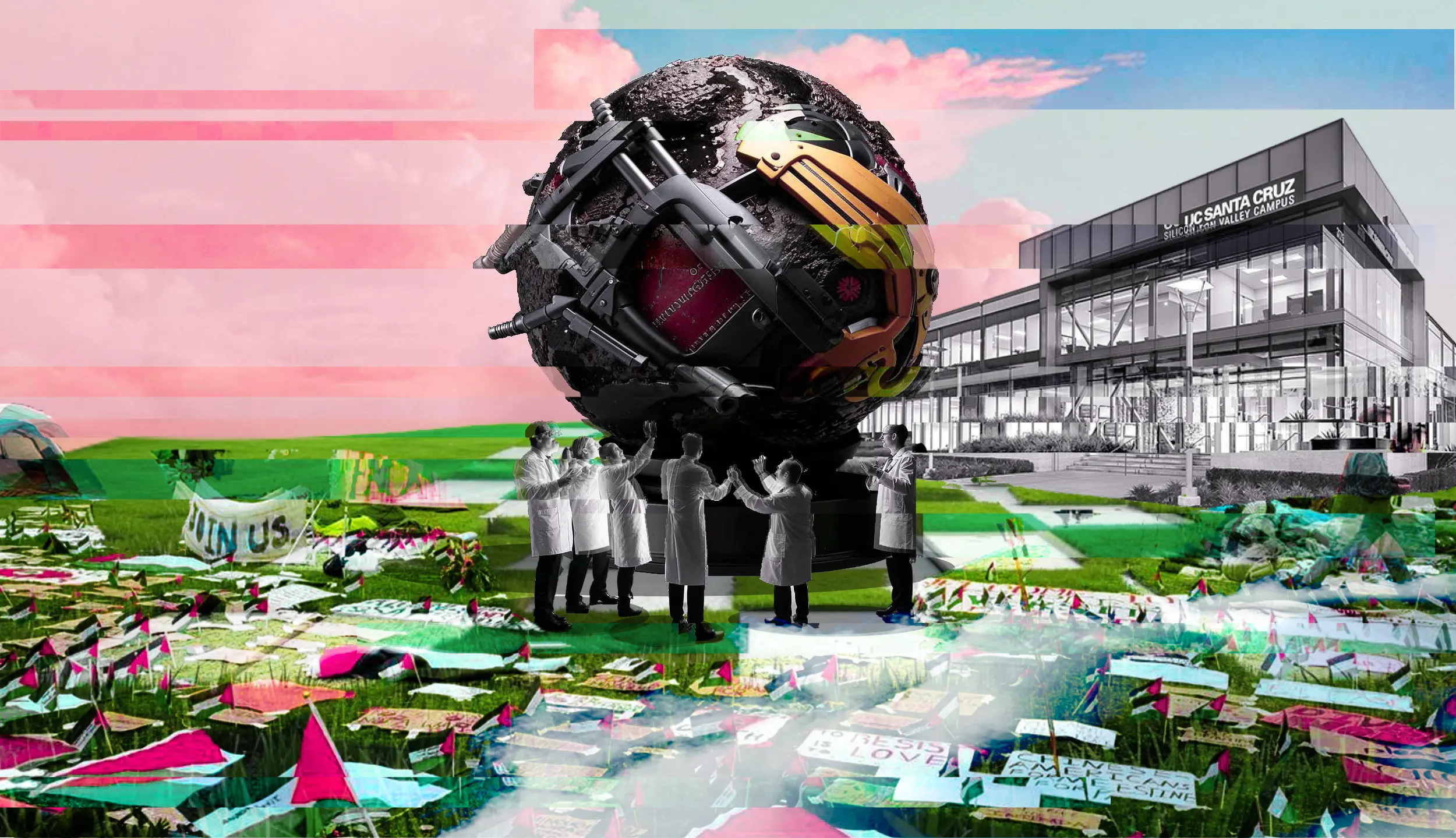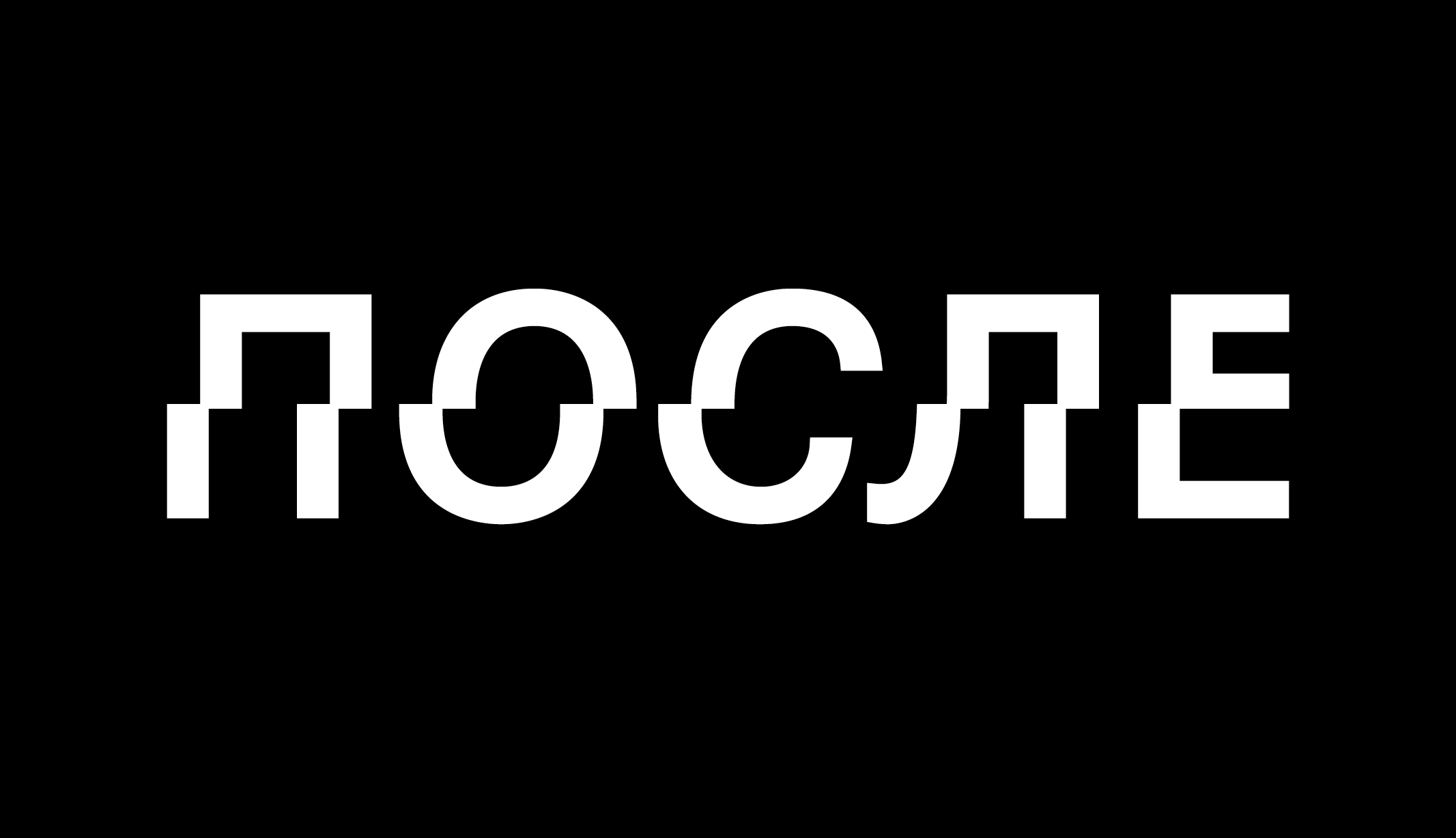The polarization of society caused by the ongoing “special military operation” has also led to a further polarization of ideas about nostalgia and utopia. Cultural nostalgia, colored by resentment, has come to be perceived as one of the keys to understanding the current situation. On the one hand, the authorities do indeed traditionally use and play on nostalgic narratives in order to rally their supporters: military operations are presented by official sources as a direct continuation of the Great Patriotic War, and the promised victory is presented practically as a return to the “USSR 2.0”. All this is being realized in the postmodernist vein of the “loss of the historical (sense/referent/quality, etc.)”, when the figure of Lenin is being attacked for “creating Ukraine”, but, at the same time, it becomes almost the main visual symbol of the “return of the USSR”: monuments to the Bolshevik leader were quickly restored in the Russian-occupied localities of the Kherson region.
On the other hand, the so-called “liberal” camp also sees the answer to any questions/problems in real or imagined nostalgia for the Soviet Union. And it perceives this nostalgia itself as the root of all troubles. In the words of the Russian rapper ATL (whose song “Box” was released before February 2022), “Your father is in resonance with this in his naivete of heart / He goes into a primordial trance under a five-pointed star.”
In a similar vein, Ukrainian society has turned to assessing and reassessing nostalgic emotions and aspirations, thus confirming the importance of the nostalgic discourse. According to an opinion poll, “In Ukraine, the lowest level of nostalgia for the Soviet past has been recorded since the country became independent — 11%. The absolute majority of Ukrainians — 87% — do not feel nostalgic for the Soviet past.” Thus, to some extent, Ukraine is trying to build its new identity based on the denial of this nostalgia.
In this article, I will try to bring to light the two diametrically opposite incarnations of the musical nostalgia for the USSR: the consumerist, “cozy” Soviet state associated with the representatives of the electronic music scene and the sentimental nostalgia emanating from the rock musicians of Nashe Radio. While it is certainly the case that the nostalgic patterns are not limited to the framework of these two music scenes, the nostalgia for Soviet culture that is expressed extensively within these scenes’ frameworks brings quite the opposite results in a political sense. How can the same objects of nostalgia possibly produce both strongly apolitical and radical, bordering on extremism, reactions?
Consumerist Nostalgia of Sovietwave
Nostalgia for the USSR in its most apolitical (at least on the level of declarations) permutation can be best examined on the example of such microgenre as Sovietwave, which is genealogically closest to such genres as retrowave or chillwave. In Sovietwave, the nostalgia for the “neon” culture of the eighties, typical for these genres and expressed through musical means (i.e., through low-frequency sound, recognizable timbres of synthesizers, etc.) is mixed with images of “the USSR, which never existed”. These images are taken from Soviet photographs, films, and books and represent the bright side of the Soviet state of the 1960s-80s: joyful schoolgirls on their first day of school, wide, sunlit avenues, spaceships, Gagarin’s smile, anxious and delighted voices of television presenters, the anticipation of the Future that is yet to come.
Curiously, the phenomenon of Sovietwave has Ukrainian roots. The most iconic (and one of the first) projects of the whole genre are Kharkiv’s Mayak. The first Mayak album (“The River”) was released at the end of 2013 and immediately became a gold standard for the whole genre. Thus, the romantic and cosmic themes of the tracks were combined with a recognizable cover: an originally black-and-white picture of Valentin Polyakov, taken in the early 1980s at the Udaltsovsky ponds near Moscow, was done in the colored film to enhance the nostalgic vibe.
The Soviet Union, as represented by Sovietwave musicians, appears as a time of eternal summer and eternal childhood, as a utopia of security and mental comfort. Thus, in the narratives of the “classic” bands of the genre, there is no place for revanchism or emancipatory impulse. Politicized observers did not immediately understand this escapist orientation: the musicians were groomed by leftist publications such as Bumbarash as well as the author of the officious Rossiyskaya Gazeta, who, in 2014, was able to discern in Mayak’s work demand for the unification of empire along the paradigm of “one people.” These words sound particularly ambiguous, given that by “sad and frightening events,” he meant the demolition of monuments to Vladimir Lenin in Ukraine:
…[this music] is perceived not at all as an “echo of bygone days” (according to the title of one of the tracks), but as a signal that things could still be different for the once united people who lived in a very large and a very beautiful country that dared to dream and that offered the stars to the mankind. And the current sad and frightening events, in the native to the authors of the music, Kharkiv among other places, is only a terrible but temporary misunderstanding.
The consumerist, collage-like, stylizing manner of Sovietwave corresponds to a particular type of late-capitalist, egocentric, digital culture-oriented sensibility; “Sovietwave” is as much a tag, a consumerist marker as “retrowave” or “hyperpop”; it is built into the “hipster” mode of consumption of post-Soviet urbanites in the same vein as “urbanism” or “craft beer”. All of its elements are very simple, and you can easily find them in the “official” nostalgia for the USSR, but, outside of its kind of sensibility, Sovietwave loses its meaning and its kind of escapist charm, thus becoming just a bunch of hackneyed slogans and references. This sensibility penetrates rather easily into the other underground micro-genres, all the easier, the more they try to distance themselves from the “political” (as, for example, happened with noise-pop, some forms of garage rock, post-punk, and experimental electronics).
What to listen to:
Sovietwave:
«Маяк» — «Алый закат» (Mayak — “Scarlet Sunset”),
«Бежевая Луна» — «Мечты о космосе» (Beige Moon — “Dreams of Space”).
Not only Sovietwave:
«Жарок» — «Мертвецы на дорогах» (Zharok — “Deadmen On The Road”),
Kate NV — «Планы» (“Plans”),
«Электроребята» — «Фантастические летние приключения» (Electroboys — “Fantastic Summer Adventures”).
Nostalgia in the patriotic segment of Russian musical culture
At the other pole of musical nostalgia for the Soviet Union, one finds music-as-collage in methods that goes back to very different creative sources and types of sensitivity. This cultural stratum was formed at the junction of officious pop music and the subculture that developed around what might be called the “Russian rock of the Nashe Radio” format.
In the 1980s, journalists, music critics, and many musicians preferred to consider Russian rock as “protest music” that nearly destroyed the Soviet Union. In the 1990s, “conventional” rockers also seemed to be waging war, this time against “pop” music, while at the same time participating in “democratic” projects like “Vote or Lose”. In the 2000s, Nashe Radio tried to be as apolitical as possible, positioning rock music as commercial entertainment with a veil of intellectual consumption. In neither of these iterations did Russian rock seem like a field for post-Soviet, resentment-tinged nostalgia (which actively manifested itself in the less “radio format” rock music).
Therefore, the mass switch from the initially “liberal” Nashe Radio of its descendants into the camp of the supporters of the regime (and, eventually, of combat operations in Ukraine) came as a surprise to many. This change, however, should come as no surprise: Nashe Radio, which emerged at the turn of the Yeltsin and Putin eras, used various methods (from consumption incentives to direct political censorship) to bring up a subject that was, first, formally apolitical (i.e., denying “politics” as “unworthy”, “boring” or inaccessible to the commoner) and, second, “nash”, that is, united around a somewhat amorphous social community of “us”. In other words, a subject that is as loyal as possible — and, in this loyalty, is mercurial (the apolitical consumers of the early 2000s, concentrated on personal enrichment and personal success, together with their favorite station, turned into typical passive “couch” reactionaries in the mid-1990s).
At one time, Alexander F. Sklyar, Konstantin Kinchev, Vadim Samoilov, Garik Sukachev, Sergey Galanin, the members of Uma2rman, Pilot, and 7B, the singers Mara, Yuta, and so on expressed their support for the Russian government (or even criticized it from even more conservative, right-wing positions). One of the most striking examples of this trajectory of an artist’s development is the path of the singer Yulia Chicherina, who began with the mainstream, “apolitical” rock (songs “Tu-lu-la”, “My Rock and Roll”, “Heat”) and who shocked her former patrons (like Mikhail Kozyrev) by turning toward more conservative rhetoric. Thus, as of 2015, Chicherina has consistently performed in a “patriotic” style, dedicating her compositions to pro-Russian forces in Donbas, visiting Luhansk, Damascus, and Stepanakert (and, later, the Ukrainian territories occupied by the Russian troops). The style of her songs has changed accordingly: instead of writing “non-serious” meme songs, she began to broadcast the established mythology of the “Russian world” and the “fighting Donbas” mythology while reveling in the special phraseology of the civil war with its “Ukropians” (Dills) and “kotly” (boilers). Chicherina’s style has also changed: the Brit-pop sound of her songs from the 2000s no longer suited her later “serious” material, and in terms of harmonies and arrangements, she has made the predictable shift toward pop music, old-school rock, and Russian chanson (that is, roughly speaking, toward the band Lyube).
In the lyrics of these songs (“His Bulwark”, “To Tear Off”, “My Stalingrad”, etc.) there are several layers of nostalgia. The first is nostalgia for the war of the Spring-Fall of 2014, with its recognizable phraseology and toponymy, understandable only by the insiders/the initiated (“We burned their anthills,” “We shook hands with those who died at the industrial site “): nostalgia for a war on the brink of defeat, when that the performer sympathizes with the weaker side in the conflict, when the conflict is just about to end (“Even if the enemy encircles / Like the breakthrough near Shakhterskiy”). Chicherina did not personally witness this war; in 2015, when she went to Donbas, Shakhtersk was deep in the rear (however, the singer was able to get the corresponding experience of being close to the fighting that is currently taking place, and in Karabakh).
Stylistically, it all rests on a layer of nostalgia, set by post-factum texts about the Civil War and the Great Patriotic War written in the twenties and the sixties. In this, Chicherina follows both official and more marginal narratives. Virtually all of the tropes in Chicherina’s “Donbas” texts represent images that already exist in the official propaganda, drawing on the Soviet military song tradition, while the ideals derive from a broad layer of Russian history: as in the case of the Night Wolves, the NOD, or the Communist Party, the imperial orthodoxy is superimposed on nostalgia for the Soviet past. The result is a patchwork, collaged picture of patriotism in the postmodern era, when the pieces of the mosaic visibly contradict one another but still work together. In the words of Zygmunt Bauman, “[c]onsidering the past as the foundation of the present, conservatism accepts this past as a whole, in all its many internal contradictions and ruptures”.
At the same time, on the level of formal techniques, conservative musicians are not only able to use the achievements of “consumerist” nostalgia — they do so actively and with pleasure. In the music video “Defender Man”, of the singer Yuta (another star of Nashe Radio in the early 2000s, who, just like Chicherina, switched from the soft-rock to conservative near-shanson style), for example, a “film-like” nostalgic filter is applied to the footage of servicemen, even if the footage in question is but a month-old. In this way, the action is transferred to the eternal yesterday, and the Russian soldiers shown in the video turn out to be fighters from an undefinable era.
What to listen to:
Юлия Чичерина — «Его оплот» (Yulia Chicherina — “His Bulwark”),
Юта — «Мужчина-защитник» (Yuta — “Man-Defender”),
Рич — «Грязная работа» (Rich — “Dirty Work”).
Nostalgia vs. Nostalgia
We should remember that we are dealing with a cultural artifact (music) that is part of the superstructure, and those aesthetics do not directly follow ideology or economics. Yes, it is very convenient to imagine what is happening in the field of culture and nostalgia as a kind of battle between good and evil, where gentle intellectuals with refined musical tastes confront the barbaric machine of the state, which drums into the minds of its citizens tasteless anthems to dubious heroes. This is a culturally centered, elitist view. In fact, even different types of nostalgic sensibility will not necessarily lead to one political preference or another: even soulwave only fits into Boym’s classification at the level of some general genre sensibility; if we go down to the level of musicians themselves, we will find all kinds of shades of the political spectrum (for example, several important soulwave bands played at the opening of the odious libertarian club New Sincerity). One can easily imagine both “conservative” music that uses the formal developments of Sovietwave, and “oppositional” use of rhetoric that refers to Soviet patriotic songs. In general, it is not necessarily the case that conservative, nostalgically inclined artists will play faded, outdated rock and shoot “boomer” videos (although such correlations are certainly present as well, moreover, they are also supported by the officious culture – as many ultra-patriotically inclined bloggers lament, wanting to see something more “trendy” than Chicherina and Lyube at their concerts). The band Hadn Dadn, favored by Moscow’s opposition bohemia and convincingly using “personal” nostalgic motifs (their album is even titled “Nostalgia”), actively records fits with right-conservative rappers Rich (who released several tracks covering the military actions in Ukraine from a “conservative” ultra-right position) and Bollywood FM. Or — another example — in the work of the rapper Husky (who, without exaggeration, has turned the genre upside down — that is, it is not outdated aesthetically), his “personal” nostalgia for his social projects childhood and a vague sentiment about the “consumer society” logically leads the author (who in this case merges with the character) of the songs straight to Donbas.
According to Svetlana Boim’s famous classification, there are two types of nostalgia: restorative and reflective. The first is “collective,” “political,” which demands that the past be literally resurrected. The second is personal, contemplative, and dreamlike. It is easy to see the ideological undertones of this classification. Virtually any form of reflective nostalgia has a mass/pop-cultural, i.e., primarily serves a globalized politico-economic system. It seems more or less realistic to assume that different nostalgic vectors, different types of nostalgic sensitivity can somehow correlate with different degrees of conservative rhetoric; nostalgia associated with what Bauman called “retrotopia” will differ both from the consumerist images of the past introduced by pop culture and from a kind of abstract “personal” nostalgia — as far as it can be “purified” from these very pop cultural images. Thus, it is possible to speak with a certain degree of certainty about the different mobilization potentials of different strategies of nostalgia – some of them seek to politicize, and some, on the contrary, to depoliticize consumers of this content.
Conservative nostalgia that is being implemented from both “the above” and “the below,” intuitively understands this difference and tries to position itself in juxtaposition to “consumerist” nostalgia. However, in recent decades conservatism has definitively lost its exclusive rights to the experience of the good old past: whereas previously, the cult of the past could be opposed to progressivism, it has now become the cornerstone of all postmodernist culture. Moreover, the deliberately constructed nature of postmodern cultural nostalgia provides the key to the fact that conservative nostalgia now works precisely the same way. It has to play in someone else’s field, use someone else’s simulative, repeatedly discredited methods, and endure uncomfortable challenges to its authenticity constantly, without which it loses grounds, including grounds for the political claims and political mobilization of its consumers.

